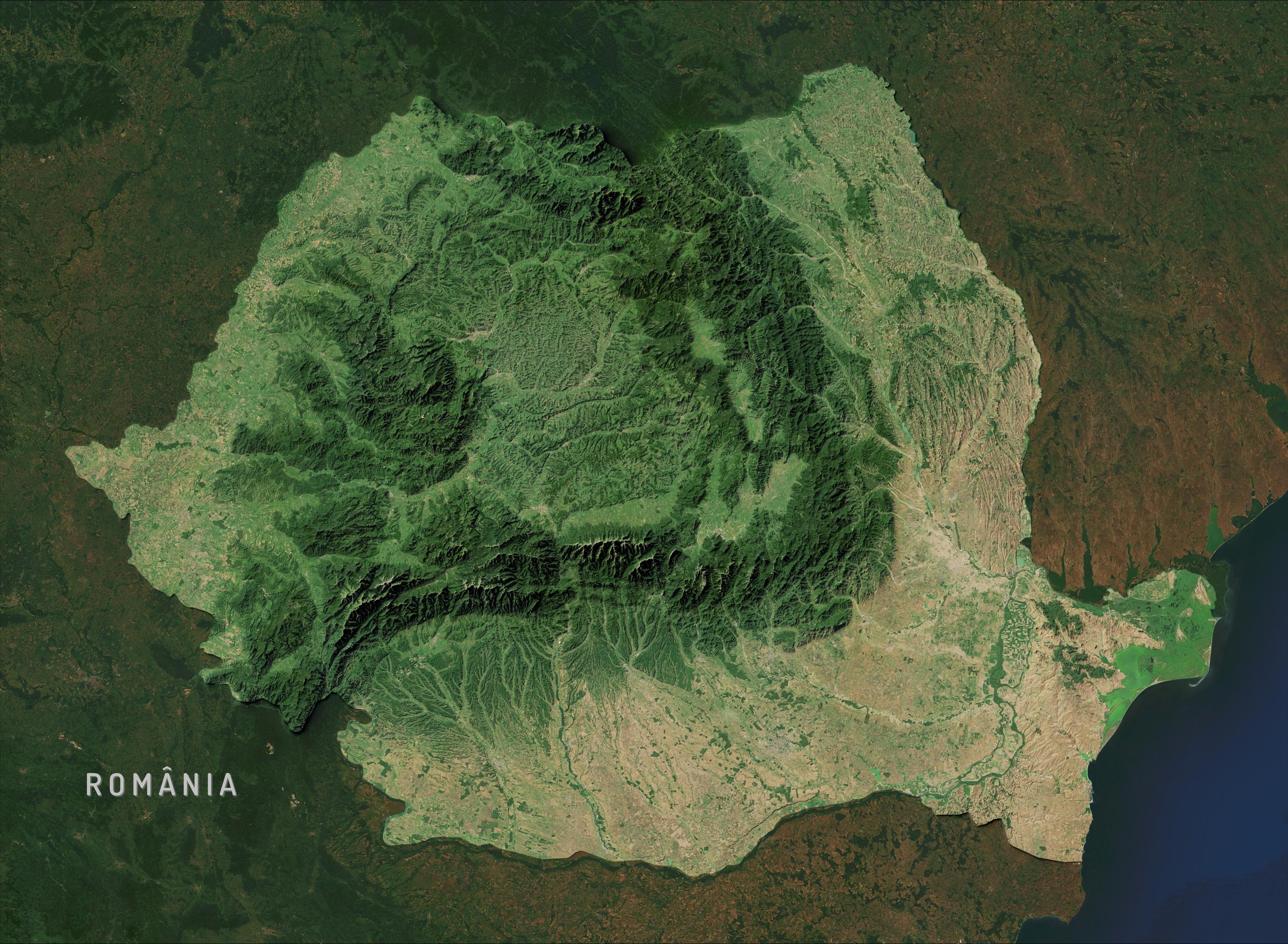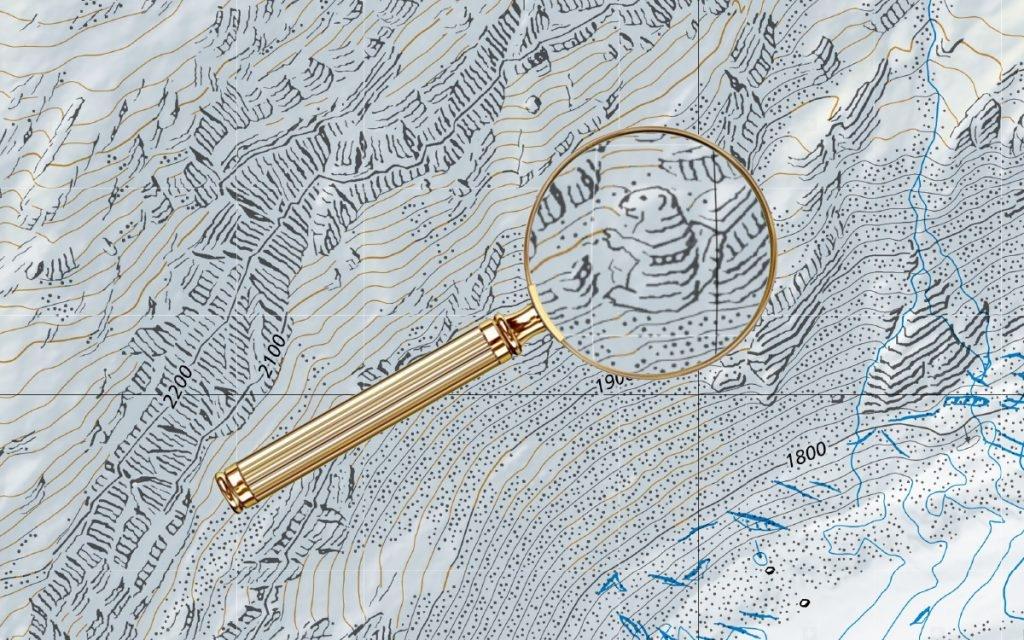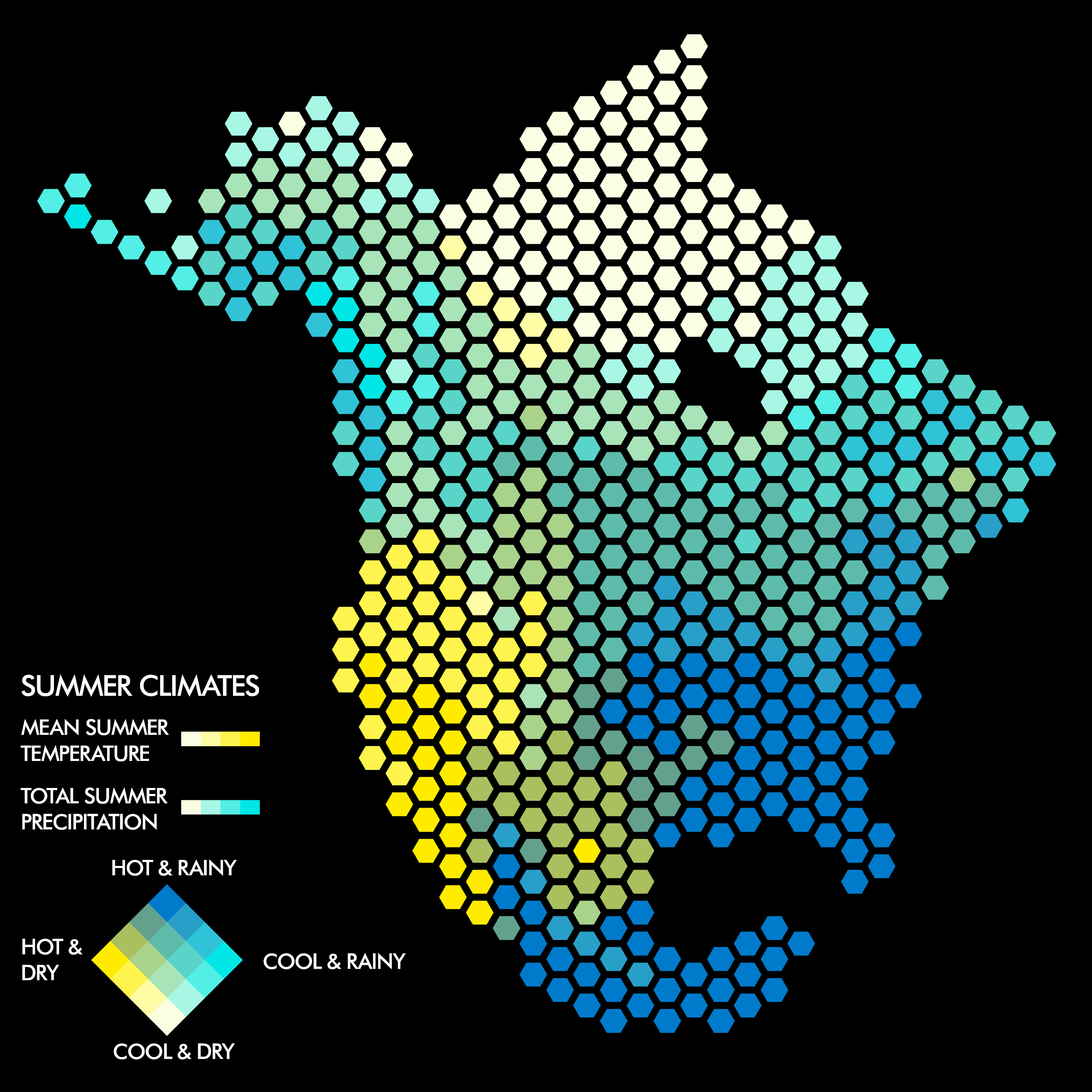Le plan de Paris et de ses faubourgs en 1732
Carte dressée par Nicolas de Fer, téléversée sur Gallica/BnF le 7 décembre 2025
https://gallica.bnf.fr/ark:/12148/btv1b525271802/
Note : Place des conquêtes = Place Vendôme aujourd’hui
#BnF #Gallica #France #Paris #carte #map #cartographie #cartography
#map The oldest map ever drawn, dating back to 9,000 years and discovered in Jordan. The ‘Jibal al-Khashabiyeh engraved stone’ depicts a ‘desert kite’, a hunting device used in the Middle East during the Neolithic. The maps was drawn on a 92 kg limestone block nearly 80 cm high using a stone tool. The block was recovered in 2015, and the results of the analyses were published in 2023 in the journal PLOS ONE
Original article: https://journals.plos.org/plosone/article?id=10.1371/journal.pone.0277927
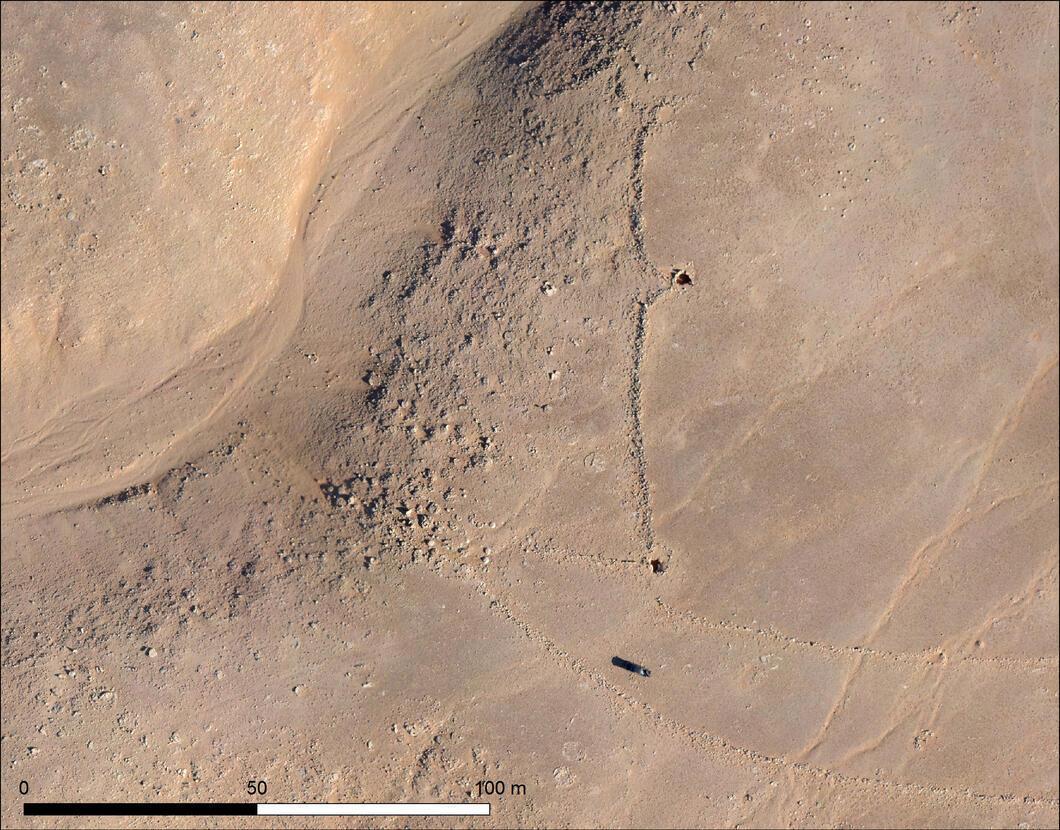
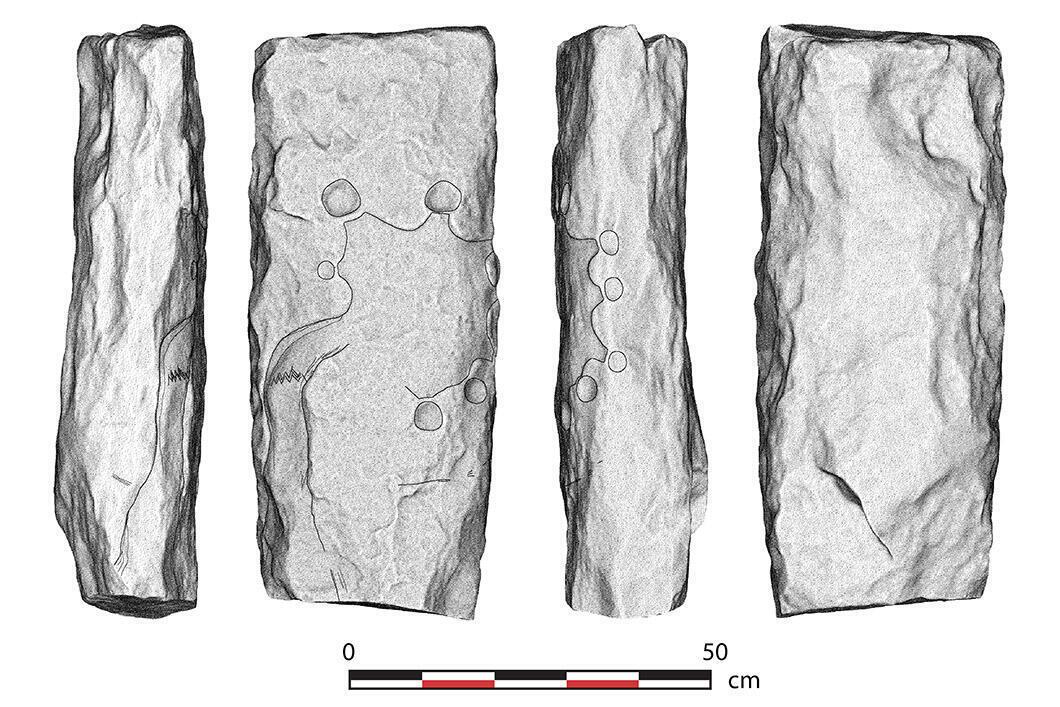
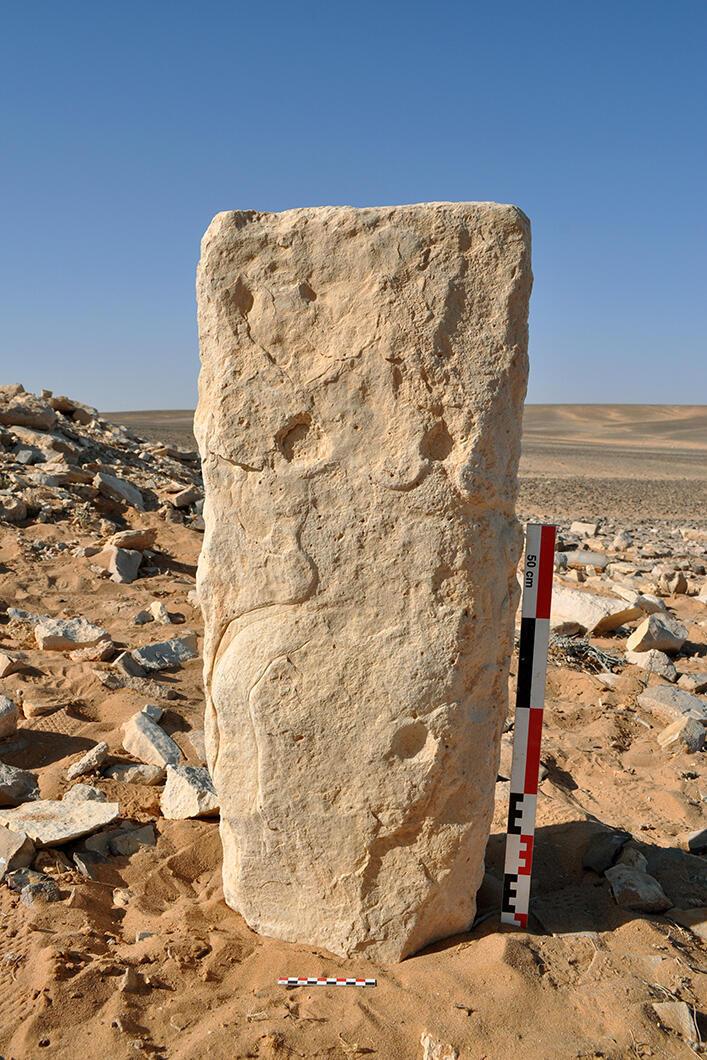
Le plan de Paris et de ses faubourgs en 1732
Carte dressée par Nicolas de Fer, téléversée sur Gallica/BnF le 7 décembre 2025
https://gallica.bnf.fr/ark:/12148/btv1b525271802/
Note : Place des conquêtes = Place Vendôme aujourd’hui
#BnF #Gallica #France #Paris #carte #map #cartographie #cartography
#map The oldest map ever drawn, dating back to 9,000 years and discovered in Jordan. The ‘Jibal al-Khashabiyeh engraved stone’ depicts a ‘desert kite’, a hunting device used in the Middle East during the Neolithic. The maps was drawn on a 92 kg limestone block nearly 80 cm high using a stone tool. The block was recovered in 2015, and the results of the analyses were published in 2023 in the journal PLOS ONE
Original article: https://journals.plos.org/plosone/article?id=10.1371/journal.pone.0277927



Tabletop RPGs can make use of many maps, depicting dungeons, cities, regions or even entire worlds! I’m available for commissions all year round for your published projects or your gaming group’s needs.
#fantasymaps #ttrpg #cartography #artistforhire #handcrafted #fantasyart #noai
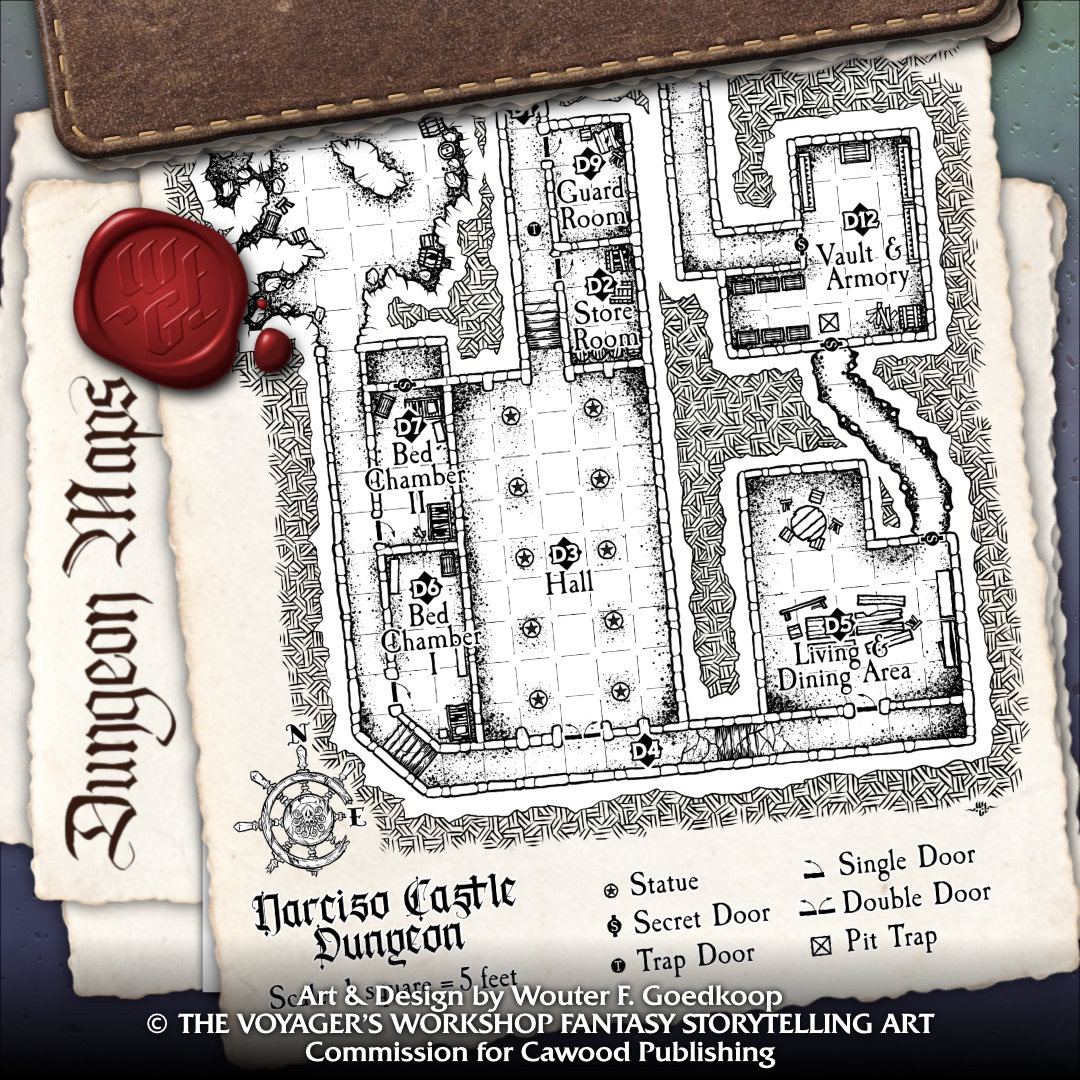
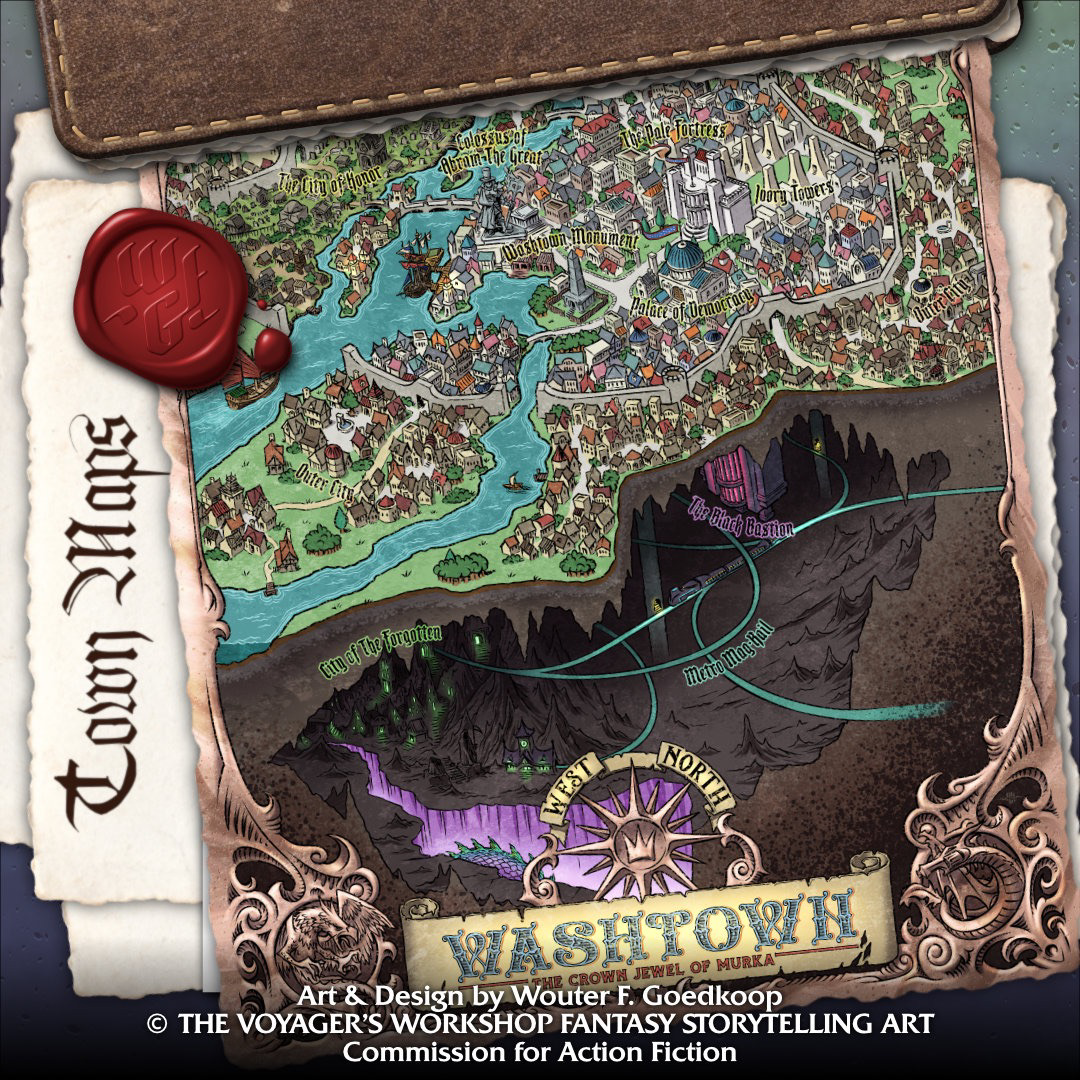
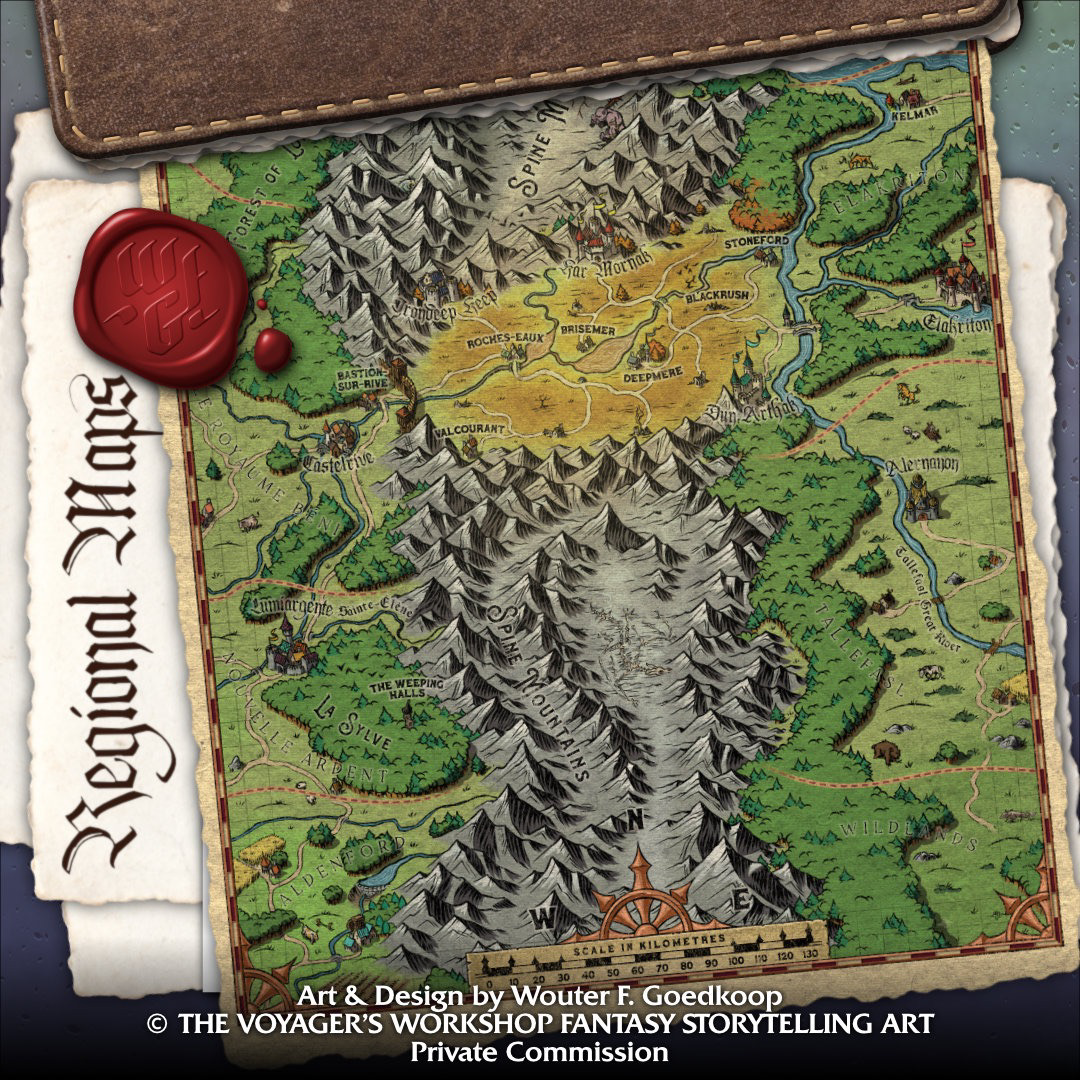

For Decades, Cartographers Have Been Hiding Covert Illustrations Inside of Switzerland’s Official Maps.
"As Juerg Gilgen, a current cartographer at Swisstopo, told me “as a matter of fact, the proof-reader is also just a human being prone to failure. And cartographers are also just human beings trying to fool around.”"
Wonderful, wonderful stuff.
#MapMaking #maps #cartography #switzerland #Swisstopo #topography #hidden #illustration #eyeondesign
For the Swiss #mountains and #cartography fans https://eyeondesign.aiga.org/for-decades-cartographers-have-been-hiding-covert-illustrations-inside-of-switzerlands-official-maps/
It also contains a link to this highlight from Swisstopo - a timeline displaying 175 years of the country’s cartographic history, advancing in increments of 5-10 years. Over the course of two minutes, Switzerland is drawn and redrawn with increasing precision. Fantastic.
**How the first Bible to include a map helped spread the idea of countries with borders**
For Decades, Cartographers Have Been Hiding Covert Illustrations Inside of Switzerland’s Official Maps.
"As Juerg Gilgen, a current cartographer at Swisstopo, told me “as a matter of fact, the proof-reader is also just a human being prone to failure. And cartographers are also just human beings trying to fool around.”"
Wonderful, wonderful stuff.
#MapMaking #maps #cartography #switzerland #Swisstopo #topography #hidden #illustration #eyeondesign
For the Swiss #mountains and #cartography fans https://eyeondesign.aiga.org/for-decades-cartographers-have-been-hiding-covert-illustrations-inside-of-switzerlands-official-maps/
It also contains a link to this highlight from Swisstopo - a timeline displaying 175 years of the country’s cartographic history, advancing in increments of 5-10 years. Over the course of two minutes, Switzerland is drawn and redrawn with increasing precision. Fantastic.
forbidden cartography
Circa 200 years after the Three MATA Brothers left their bunker to reassert MATACORP dominance over what remained of the destroyed planet, a hobbyist cartographer, Mavic Pengellan, born to an affluent penguin family in one of the Penguin Protectorates, would create his depiction of the world (with a fair amount of creative liberties).
His work was immediately suppressed in favor of the official MATACORP map of the world.
Pengellan's map however remains as the closest approximation of the world, used by wandering techno-mages.


Cartographers Have Been Hiding Covert Illustrations Inside of Switzerland's Maps
#HackerNews #Cartography #CovertIllustrations #Switzerland #Maps #Design #Secrets
OpenTopoMap (https://opentopomap.org) will shut down soon:
https://opentopomap.org/about#survival
What does summer feel like where you live? Hot or cool? Rainy or dry? For the #30daymapchallenge Day 25 prompt "Hexagons", I mapped summer climates across North America. I averaged the 1991-2020 climate normals for mean summer temperature and total summer precipitation within 50,000 square kilometer hexagons using data from ClimateNA.
**How the first Bible to include a map helped spread the idea of countries with borders**
What does summer feel like where you live? Hot or cool? Rainy or dry? For the #30daymapchallenge Day 25 prompt "Hexagons", I mapped summer climates across North America. I averaged the 1991-2020 climate normals for mean summer temperature and total summer precipitation within 50,000 square kilometer hexagons using data from ClimateNA.
forbidden cartography
Circa 200 years after the Three MATA Brothers left their bunker to reassert MATACORP dominance over what remained of the destroyed planet, a hobbyist cartographer, Mavic Pengellan, born to an affluent penguin family in one of the Penguin Protectorates, would create his depiction of the world (with a fair amount of creative liberties).
His work was immediately suppressed in favor of the official MATACORP map of the world.
Pengellan's map however remains as the closest approximation of the world, used by wandering techno-mages.



